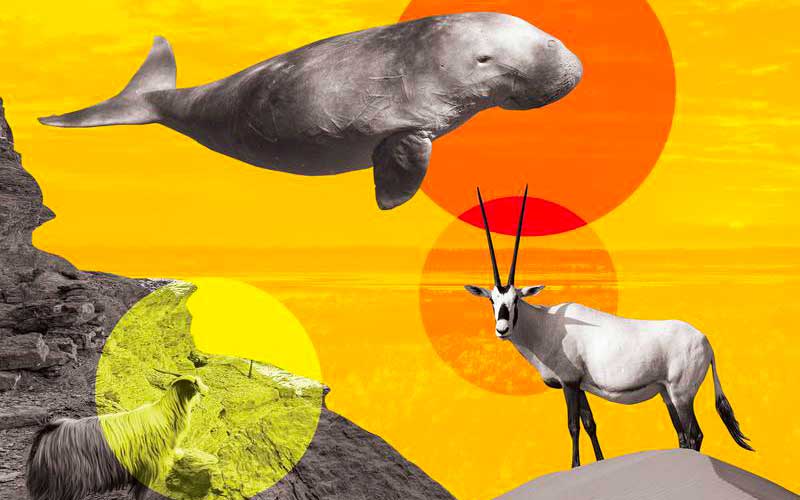On the eve of the UN Biodiversity Conference (CBD COP15) in Montreal, Canada, Razan Al Mubarak penned an op-ed for The National laying out her vision for how the world can halt and reverse biodiversity loss by 2030.
In the op-ed, Ms. Al Mubarak called on negotiators to use IUCN resources and tools to measure progress on reaching their goal of conserving at least 30 percent of the world’s ecosystems by 2030. She highlighted the value of the IUCN Green List of Protected and Conserved Areas, both as a roadmap for good, equitable area-based conservation and as a benchmark of global excellence:
“If the goal of 30 percent protection by 2030 is formally adopted in Montreal, governments and private sector stakeholders will need tools to measure their progress and ensure that quality standards are met. Drawing from its vast network of members and experts, IUCN has a long history of providing such tools, including the IUCN Green List of Protected and Conserved Areas, which ensures that area-based conservation delivers outcomes for people and nature. I call on negotiators in Montreal to make use of this invaluable resource.”
The IUCN president also called for conservation to be equitable and people-centered, underscoring the importance of sustainably managed lands administered by local and indigenous communities:
“Placing an area under conservation cannot mean excluding people who live there, but should empower and benefit them. In most cases, it will go hand in hand with sustainable development and contribute to local livelihoods, and under no circumstances should it ever go against the will of local communities.”
Ms. Al Mubarak also highlighted the Al Wathba Wetland Reserve near Abu Dhabi in the United Arab Emirates, the region’s first-ever protected area to achieve IUCN Green List status in 2019, as a global model for preserving biodiversity:
“The history of this remarkable place, which is home to flamingos and other migratory birds such as the golden eagle, can show us the way to the future. Today, Al Wathba is a natural paradise, teeming with life. But only two decades ago, this wildlife sanctuary was an urban-industrial complex, a diamond in the rough. The model of Al Wathba and the other Green List protected areas in the region can be emulated across the world, if all sectors of society come together with a joint goal.”
